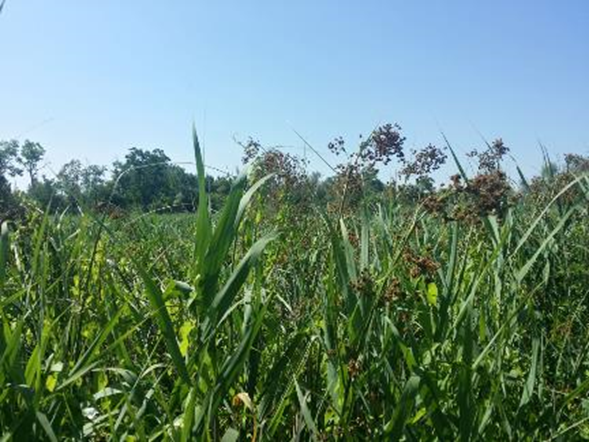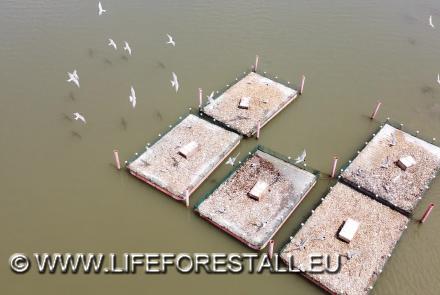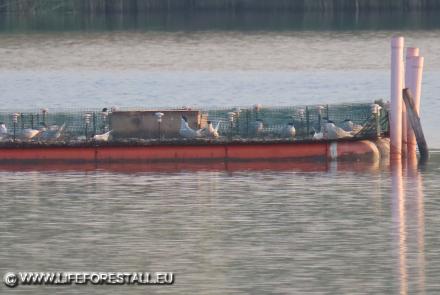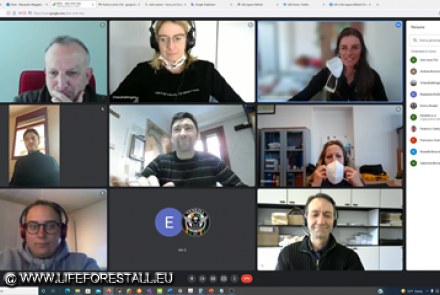HABITAT 7210*
Calcareous fens with Cladium mariscus and species of the Caricion davallianae
Conservation status at national level (Continental Biogeographical Region): Unfavourable-Bad (EEA, Conservation status 2007-2012 of habitats).
These are emerging azonal formations, i.e. dependent on specific edaphic and water conditions, dominated by Cladium mariscus, with a prevalent distribution in the temperate bioclimatic region but also present in the Mediterranean bioclimatic territories, generally developed along the shores of lake and marsh areas, often in contact with the vegetation dominated by large sedges and marsh reeds. The dominant entity is Cladium mariscus which tends to originate populations that are very poor in species, sometimes monospecific. Among the species of conservation interest we can mention Kosteletzkya pentacarpos and Thelypteris palustris, while in the Mediterranean environments there are Sonchus maritimus and Juncus maritimus.
All the dominant vegetation of Cladium mariscus is framed within the Phragmito-Magnocaricetea class. The cladieti of temperate climates, referred to the Mariscetum serrati association, are included by some authors in the Phragmition communis alliance and by others in the Caricion elatae alliance. In the Mediterranean bioclimate, the subalophilic aspects prevail, present in the lagoons behind the dunes or even in some swamps at the mouths of rivers.
It is present in 808 Natura 2000 sites in Europe, according to data from the European Environment Agency, but is very rare throughout the Veneto Region. Currently the WWF Oasis of Valle Averto is the only area inside the Venice lagoon (affected by three Natura 2000 sites: SPA IT 3250046, SAC IT 3250030 and SAC IT 3250031), in which the presence of this priority habitat has recently been ascertained.
Although the related Natura 2000 Forms do not currently report habitat 7210*, the Veneto Region has already declared its willingness to update them. The presence of the cladieto is closely linked to the degree of humidity in the soil; the lack of a correct management of the natural dynamic processes determines changes in the composition and in the structure that tend to degraded biocenotic phases. Currently, within the WWF Oasis of Valle Averto, the presence and spread of habitat 7210* is mainly threatened by the excessive development of the Rubus spp.
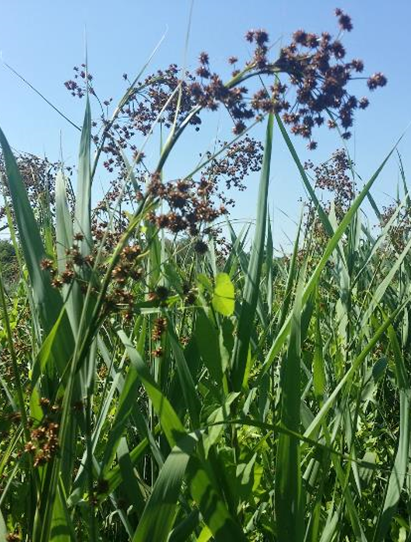
Cladium mariscus
